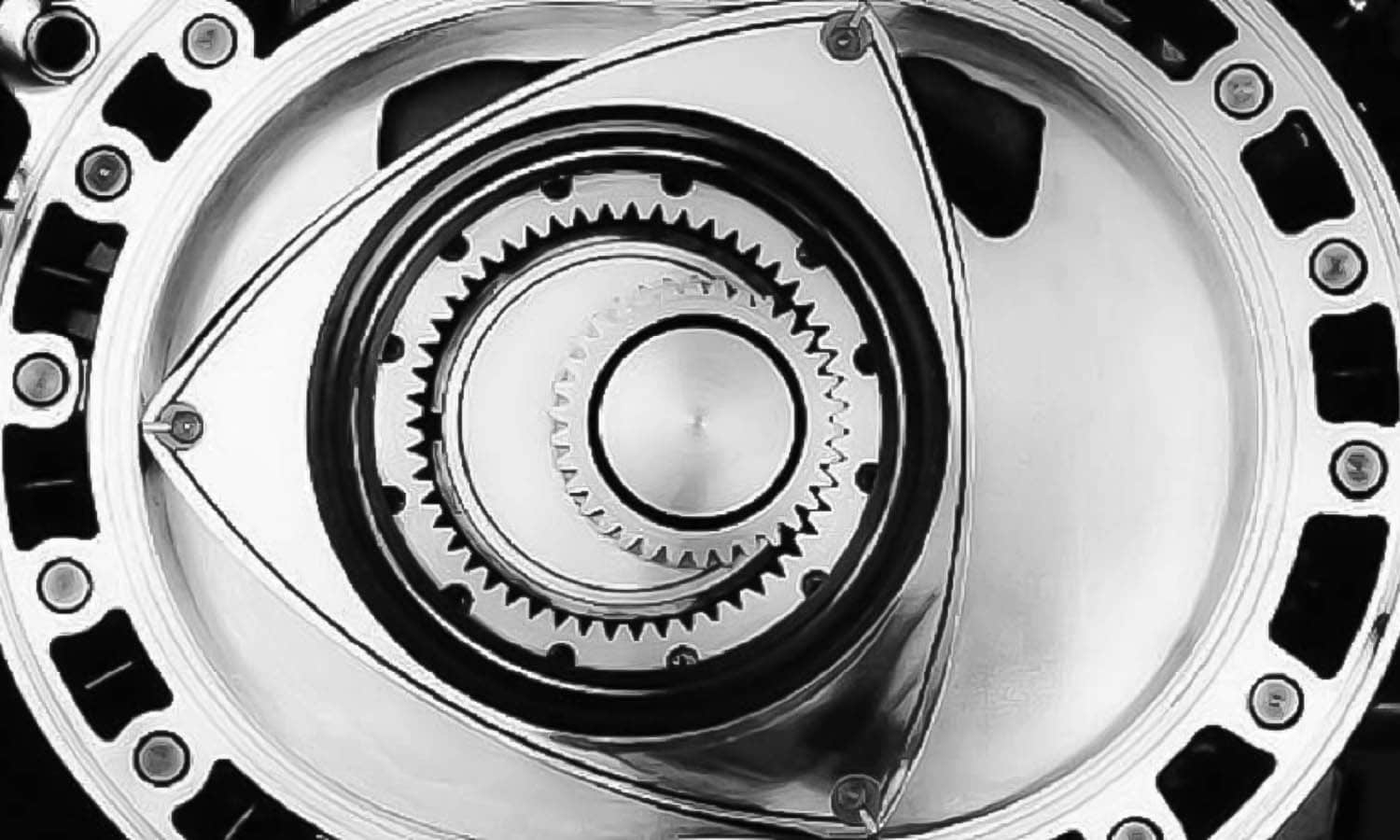
El Wankel-type engine It is a combustion engine that works thanks to rotors instead of cylinders and pistons conventional. Hence it is also called rotary motor.
have been manufactured very few cars with this type of engine throughout history, despite its many virtues. This is partly because its drawbacks made it difficult to maintain and its cost of oil and fuel is higher.
Wankel engine parts
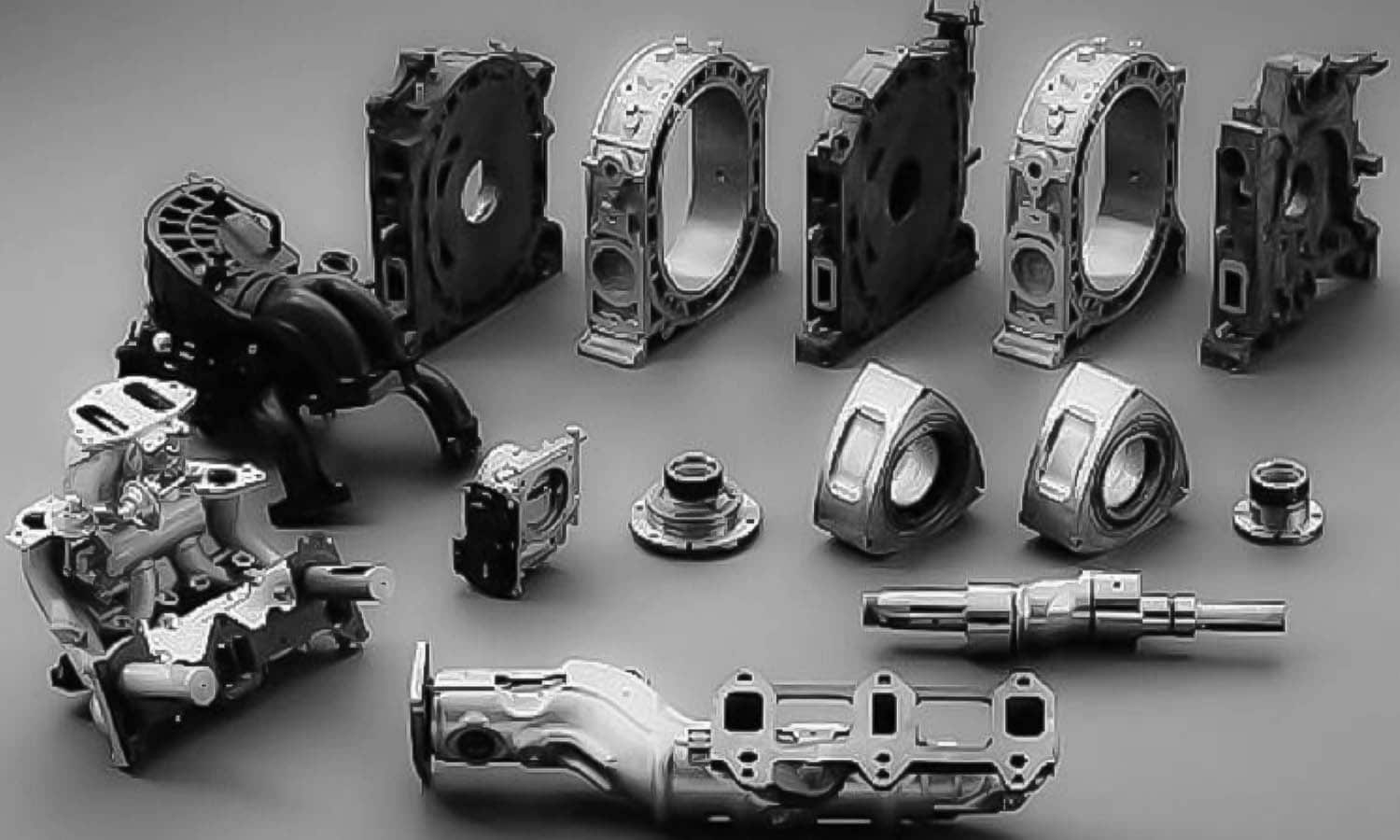
Before talking about how a Wankel engine works, you should know what are its parts. You will see that they are much less than those of a conventional piston engine:
- stators: Interestingly, although the Wankel engine is gasoline, it has some parts in common with a electric motor. Although as you can imagine, its mission is very different. The first is the stator, that is, the part of the engine that does not rotate. If cut crosswise it is shaped like an oval or two circles that have been partially merged.
- Rotors: it is the second part that it has in common with electric motors, but that rotates by the pressure generated by the combustion of gasoline and air, instead of electromagnetic action. Its shape in a Wankel rotary engine is that of a triangle with rounded sides.
- fixed gear: is the toothed wheel located in the center that keeps the rotor in place at all times. The rotor rotates around it so it doesn't get dislodged by fuel explosions.
- Plugs: Although a Wankel engine does not have other components such as Válvulas or Camshaftsstill need some plugs which turn on the mix gasoline and compressed air.
- Shaft or crankshaft: It is coupled to the rotor and, as in a piston engine, it is the one that transmits the rotation to the transmission through the connection between clutch and flywheel which has at its end.
- intake and exhaust manifolds: As in any normal combustion engine, the rotary engine has collectors exhaust to remove smoke and intake manifolds to let in air.
How does the Wankel engine work?
The Wankel engine is a completely different engine from the engines we are used to. Like the typical Otto cycle engine, the Wankel is a internal combustion. In the next video you can see how it works clearly:
As you can see in the video, in the Wankel engine there are also the four times of most current engines. However, these phases are carried out in different parts of the stator with the rotor in constant motion. The rotor transmits the movement to a shaft that is inside it.
The movement of the rotor is produced, as in the motors we know, thanks to the pressure that exists in the combustion chamber, produced by the mixture of air and fuel.
The combustion chamber of this type of engine is formed by the stator and also by one of the sides of the rotor, which is triangular in shape. The three vertices of the mentioned triangle that forms the rotor are in permanent contact with the stator. In this way we can meet three compartments where a cycle is performed in each of them.
As the rotor rotates inside the Wankel engine, each of the three parts is compressed or expanded alternatively. Thanks to this movement is why the Wankel engine works.
Advantages of the Wankel engine
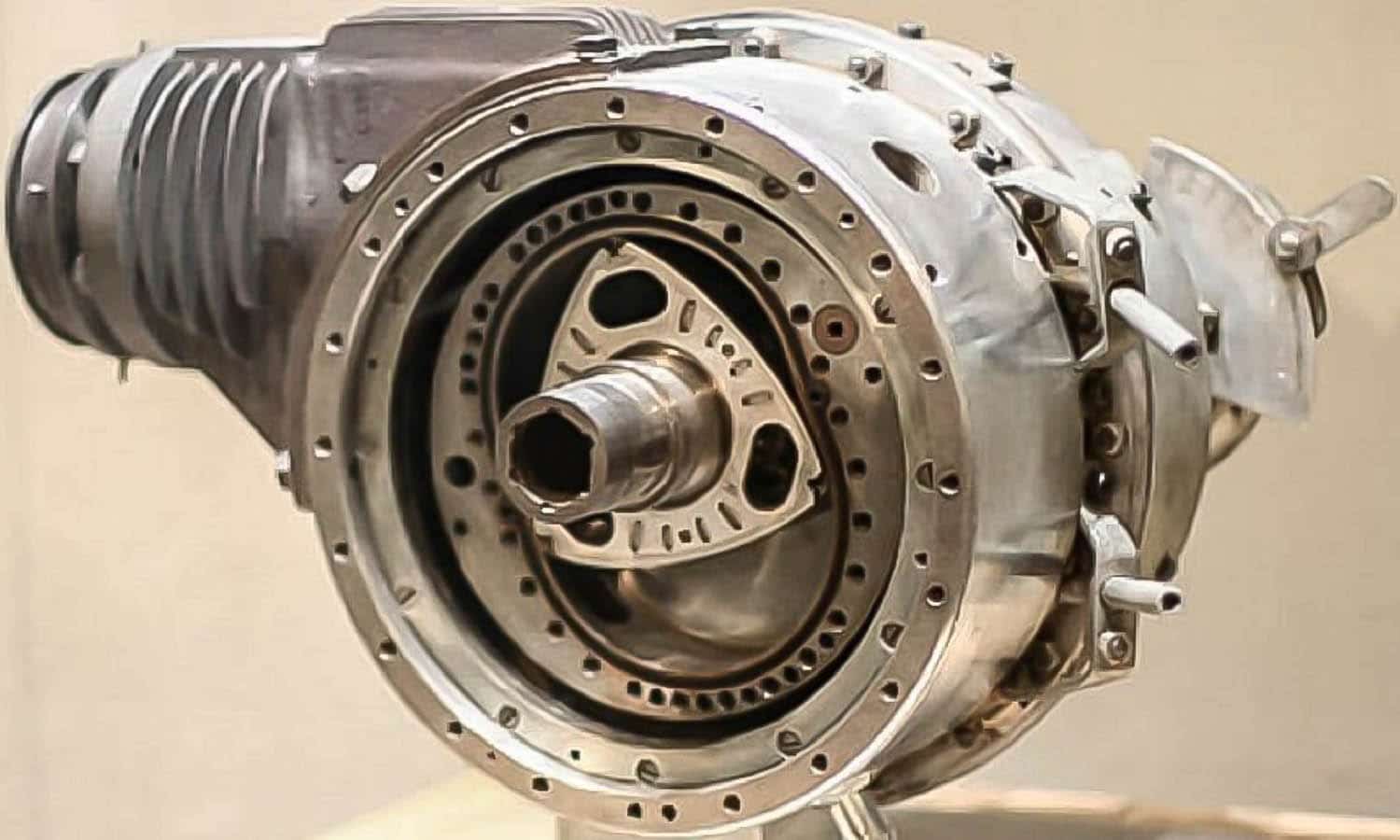
The Wankel engine is characterized by its operation smooth and quiet. This is due to its way of operating which, as it always rotates in the same direction, does not have the vibrations and changes in direction of piston engines. Also, it has few breakdowns due to its simple design.
A Wankel engine is characterized by having a fewer moving parts than a piston engine. As we have mentioned before, they mainly have four pieces: the stator, the rotor, the central gear and the spark plugs. For this reason, these motors have a higher reliability.
For example, since his explosions already generate a circular motion, he doesn't need the complex crankshaft of a piston engine, which transforms vertical movement into rotation. Of course, like any combustion engine, it also has a refrigeration system y other grease.

Another quality of this type of motor is that its main pieces move more slowly, which increases its reliability. In turn, there are also fewer vibrations because the motor has almost no inertia.
Finally, it can be said that his size y weight of the Wankel engine is quite inferior to the traditional engine by not having so many moving parts. The Wankel engine usually has two or three rotors of about 700cc. each. This means that compared to a traditional engine, they have a much smaller displacement and higher power.
Wankel Engine Disadvantages

As for the disadvantages, we must also talk about a few, since not everything is going to be good things in this engine. For example, polluting emissions are higher since during its operation a certain amount of oil is also burned. This also happens in piston engines, but in them the amount of oil that enters the combustion chamber is less. When too much oil enters the smoke turns a characteristic bluish hue.
It is an engine with a more complex maintenance since its components are not intended to be worked on frequently. Something that, on the other hand, is necessary to maintain the tightness of the combustion chambers. For this reason, its maintenance cost is usually higher.
We must also know that the consumption of these engines is higher if we compare it with a traditional piston engine. What is related to the fact that they can deliver less torque, although they can achieve more power due to their higher maximum rotational speed.

The timing of the Wankel engine is very important because, in the event of auto start, the rotor can be pushed in the opposite direction, which can seriously damage the rotor and the central gear.
Finally, we can say that the Wankel engine has an engine brake similar to a two-stroke engine. In other words, engine brake cannot be used, so they usually equip a larger braking system.
What cars have a Wankel engine?
Although it is true, there is almost no vehicle on the market with this type of engine, except for some exotic model. For this reason, we must be aware that it is quite difficult to find an engine with these characteristics. The main cars that have had a rotary engine throughout history are:
- production cars: NSU Spider, NSU Ro 80, Mazda Cosmo Sport, Citroën GS X2, the Mazda RX-7 and RX-8
- Floor Plans: Mercedes C111, Chevrolet Aerovette, AMC Pacer, Audi A1 e-tron (only as a generator)
Such as Mazda announced, in 2020 it will launch two electric vehicles on the market. One of them will carry its famous rotary engine, as range extender. Furthermore, they state that you will also be able to use GLP, so it would be an even cleaner and cheaper car.
Brief history of the Wankel engine

The rotary engine is called the Wankel engine because of the inventor who developed it: Felix Heinrich Wankel. This German engineer devised the rotary engine when he was young (1924), although he did not patent it until 1957.
Given the good qualities of his invention and its technical elegance, he received the honorary doctorate at the Technical University of Munich (Technische Universität München) 12 years later.
After World War II, Felix Heinrich Wankel and the NSU vehicle brand they began to work to make the Wankel engine. The first prototype was the DKM developed in 1957.
What was the first car to have a Wankel engine?
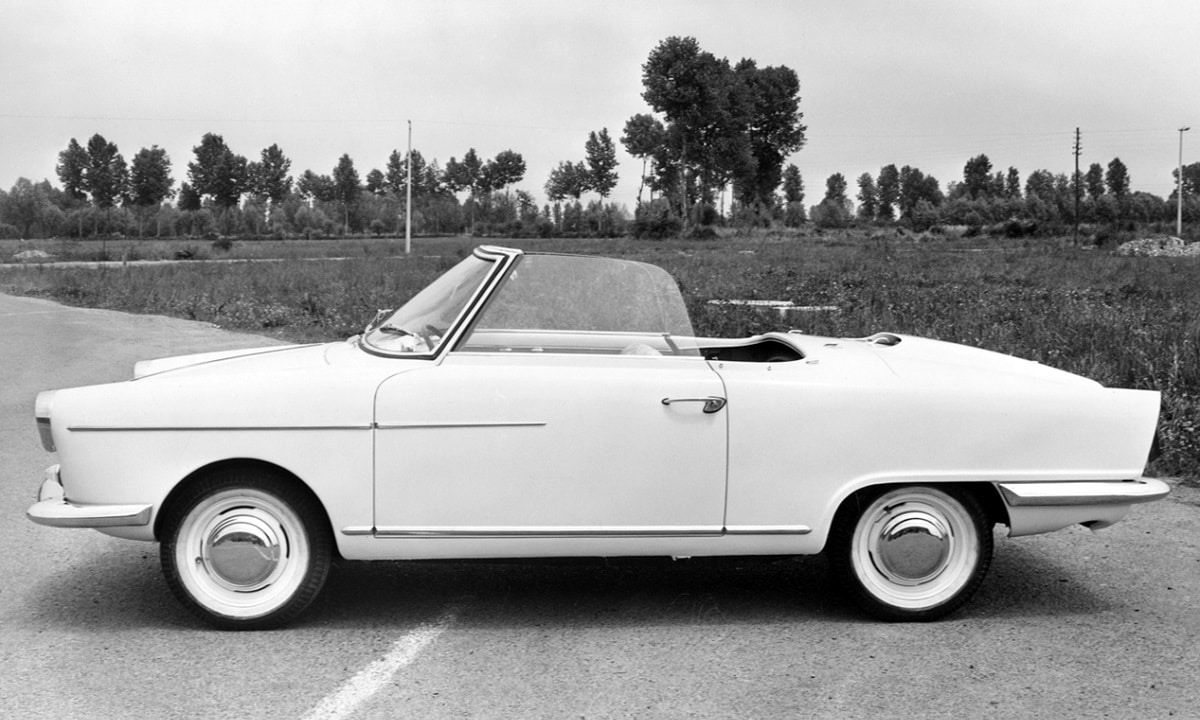
The first brand to manufacture this engine was NSU Motorenwerke AG. It was a 400cc engine. baptized as KKM. That's why, the first production car to have a Wankel engine was NSU Spider in 1964. Which was succeeded by the NSU Ro 80 in 1967.
Mazda began collaborating with NSU and the result was the 1967 Mazda Cosmo Sport (pictured above). It carried a much more refined Wankel engine than any NSU had developed to date. It produced no less than 110 horsepower at 7.000 rpm despite only having a displacement of 998 cc.
This model It is often confused with the first one that had a Wankel engine. because of Mazda's long history with these engines and because its prototype was introduced the same year as the production NSU Spider. But in reality it is only the first model that carried the first two-rotor Wankel engine instead of one.
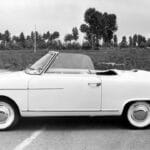



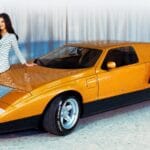

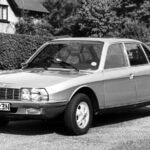



Interesting articles about the Wankel, to add a curiosity: the fantastic Citroen GS.
Good job!
I am thinking of buying a mazda rx8 that has this engine and I am worried about this maintenance issue, how serious is it? Will I find a mechanic to do it or does anyone touch them?